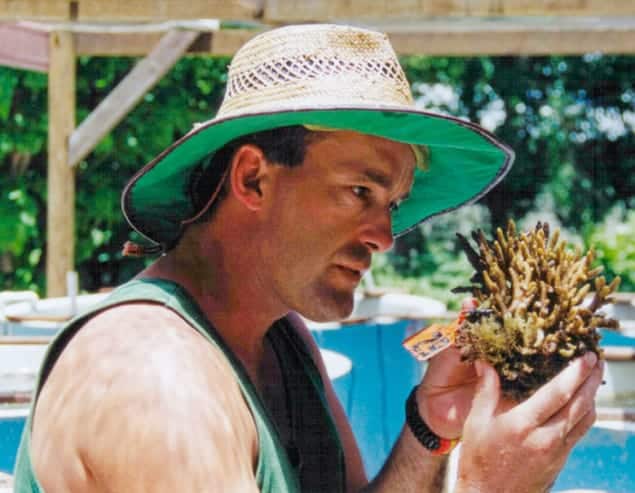
Climate researchers in Australia have been rocked by revelations that several scientists have received aggressive e-mails and even death threats. The intimidation, which first came to light in the Australian press early last month, has resulted in some of the targeted researchers being moved into more secure offices. The abuse comes as the Australian minority Labor government led by Prime Minister Julia Gillard is framing legislation that would determine a price that businesses have to pay for releasing carbon into the atmosphere.
One scientist who has been under attack is marine biologist Ove Hoegh-Guldberg, who directs the Global Change Institute at the University of Queensland, Brisbane. He is known for speaking out about his research into the deadly effects of increased sea temperatures on corals. On 13 June he was sent five threatening e-mails from anonymous sources, which included the line “Eat shit and die to [sic] lying communist asshole”.
Another scientist who is affected is Will Steffen, head of the Climate Change Institute (CCI), based at the Australian National University (ANU) and a member of the Climate Commission that advises the Australian government. He has received a death threat and “a spate of obnoxious and nasty e-mails” after writing a commission report published on 24 May that recommends the country “strongly and urgently” curbs carbon emissions.
Completely intolerable
In response to the harassment, the ANU has now moved nine staff members of the CCI, including Steffen, to a more secure location, which requires card access. “It’s completely intolerable that people be subjected to this sort of abuse and to threats like this,” Ian Young, vice-chancellor of the ANU, told Physics World. The police have been advised but have not investigated so far.
Gillard is yet to determine a specific pricing for the carbon tax, with the government’s eventual decision promised for this month. However, the government has been publicly attacked on its policy, especially by the Conservative opposition led by Tony Abbott. He says the policy is a “great big new tax” on every citizen and that the nation’s lucrative coal, gas and iron-ore exporters will be forced to shed jobs as a result.
The more controversial the area, the more important that any researcher should feel free to argue a case based on evidence without fear of reprisalSuzanne Cory, president of the Australian Academy of Science
In a statement, Suzanne Cory, president of the Australian Academy of Science, defended the right of researchers to do their work free from abuse and threats of violence: “The more controversial the area, the more important that any researcher should feel free to argue a case based on evidence without fear of reprisal.”
Intimidation tactics
According to Susannah Eliott, head of the independent Australian Science Media Centre, scientists in Australia have been subjected to threats for a few years, but they are now becoming increasingly wary of talking to the media for fear of further intimidation. Indeed, David Karoly, a meteorologist from the University of Melbourne, says that every time he appears in the media he then gets threatened, which has now got “more highly offensive and abusive”. One such recent example he received was a message stating that “Global warming is the biggest fraud in the history of mankind. People that promote it need to be put down!”
Michael Mann, director of the Earth System Science Center at Pennsylvania State University and creator of the widely accepted “hockey-stick graph” showing the recent surge in temperatures caused by climate change, says he finds it disturbing that Australian climate scientists have been subjected to the same sort of intimidation tactics that he has had to contend with in the US. “It would seem to confirm a level of coordination and even orchestration to the attacks against climate science and climate scientists,” he says.



